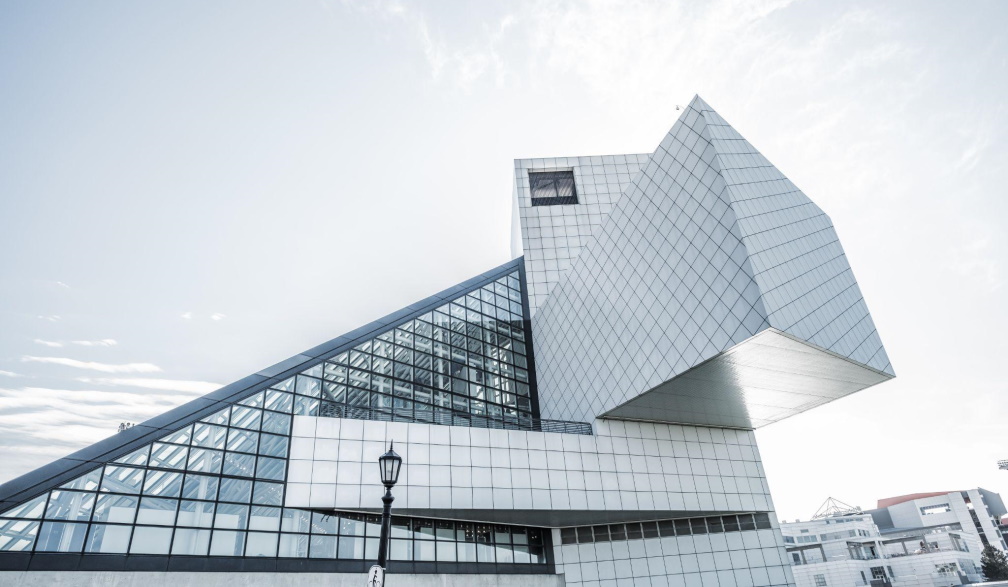Is Digital Twinning Australia’s Future of Design?

It’s a romantic idea to imagine architects and city planners pouring over blueprints as they create future cities to be enjoyed by the masses. The truth is, there are more sophisticated solutions that are shaping our city and digital twinning is at the forefront of design and construction innovation. Unless you are an early adopter of this incredible technology, then the chances are you have not heard of digital twinning in Australia before. Believe us, this is something you will want to know about.
Let’s discuss what this technology is and how it can be used to shape future design.
No guesswork
If you have ever been sitting in your car at an intersection that just doesn’t flow, or wondered why a school is backed so close onto a highway… then chances are these decisions were made with only the limited information on hand. Digital twin technology allows construction and construction-related professionals to see a digital replica of an area or city, and anticipate what changes and impacts will occur from future development. This means that the improved roads that a city has been crying out for can be better planned out, and actually optimised as the construction team can visualise this area exactly. No more poor planning and guesswork with digital twin technology.
Seamless collaboration
When everyone is using the same efficient tool that is when you can see true collaboration. Digital twin technology allows government, private and creative agencies to be working in the same interface and collaborate on urban systems that are going to work for its residents. In fact, this technology can be used to model urban environments from destinations all over the world. For example, if Brisbane wanted to model their bus stations off the Brooklyn subway stations, digital twin technology could be used to understand the structures more intimately and replicate them where they wish. These capabilities also give architects more tools in the toolbox to communicate and deliver a concept.
Accessibility
Accessibility is often a second thought for city planners, with the needs of those living with a disability rarely considered from the very start. Digital twin technology keeps planners accountable to this population, as they can reasonably anticipate what areas need to be more inclusive and how visible and invisible disability needs can be met. There are some countries and city’s that look after this population very well through enhanced accessibility, which is usually correlated to government funding supporting such activities. Digital twin technology means that under-resourced places can borrow the smart design from places that are meeting these needs consistently.
Targeted timelines and budgets
It’s a well-known trope that urban development and construction, in general, is rarely completed on time. With digital twin technology, it is so much easier to precipitate hurdles, as you can look at a digital replica and see what those bottlenecks are and conceptualise solutions. Highway construction might improve a city in the long run, but if these changes are not well throughout it can seriously impact traffic. Budgets are also closely related to timeline delays, and no one wants to deliver a project that is more expensive than the approved amount.
The future of design is creative and considered, with all guesswork and risk seriously reduced with the aid of digital twin technology. If you still can’t visualise what this looks like, have a look around to see how other industries are leveraging this state-of-the-art technology.








